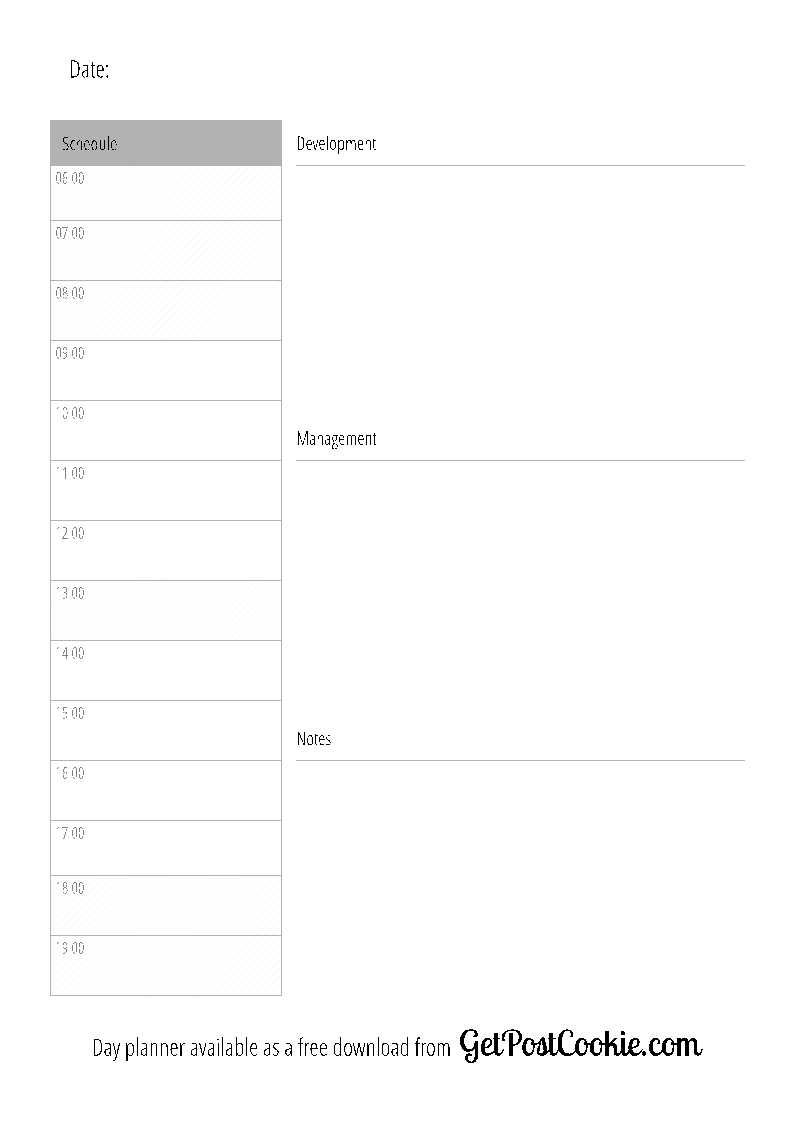My Day Planner - Free To Download!
Order From Chaos?
I've always had a decent memory, but even so when things get busy it's easy to lose track of things. That's why I use Glip to organise my work and communicate with clients - everything in one place, no need to rely on memory.
Relying on your own memory introduces several problems when working for yourself. First, and most importantly, if your memory is your only system to manage work, you will forget things. And forgotten work equals unhappy clients, and that's bad for business. Second, it makes it much harder to work with other people. Once you have a habit, it's hard to break, and if you are in the habit of relying on your memory when you take on your first employees, they have no way to access that information. They'll be reliant on you to pass on information, and to do so completely, because they have no way to check that information.
So the case for a work management system is pretty clear - everything written down, nothing forgotten, and a much better chance that all required information is together.
Since having a toddler and twins, the same has started to apply to my daily work as well. It's easy enough to prioritise work in the morning from Glip, but after I take on my first task, I am doomed to either return to Glip to run through tasks to pick what's next, or to try to remember the day's schedule from my first morning run-through. Neither of these is very sensible. So, after my twins were born, I started to take a few minutes in the morning to run through the day's work and organise it into a schedule.
My Solution
My solution to the problem is a printable daily schedule. Every day, I print out a copy, and fill it out while I have my first coffee. I run through all outstanding tasks for clients, who I need to contact, any admin work I need to do, and I plan my day. By the time I finish my coffee, I have a document I can refer to through the day. I can always see quickly what's next, I cross off completed work so I can always see what I've done, and I don't need to go digging through my project management software multiple times a day.
As an added bonus, I keep the schedules and so I can refer back to them if I've missed something out from my time tracking for the day, so it introduces a little redundancy to my timekeeping and invoicing.
The schedule is broken into four sections. First, I have an hour-by-hour planner. I jot very quick client names or job references in this section, and this is what controls the order of work for my day.
The second section, Development, is where I list out each job in a little more details. Where the schedule might have a reference like "AB" for "Added Bytes" to indicate I'm working on Added Bytes work for a couple of hours, the Development section is where I add specifics, for example "AB - release new Magento extension".
The Management section is where I include jobs to do during the day, which usually don't have a specific time. Calling clients, doing accounts, invoicing, returning emails, meetings, writing estimates and so on, are all listed in here. Management gets time assigned in the schedule.
Finally, the Notes section is where I jot any quick notes relevant to the day, which might be, well, just about anything. Names, URLs, times, reminders, blog post titles, ideas - anything that I might want to save myself time looking up again later.
Free Downloads
You can download a copy of my planner absolutely free. It's released under a Creative Commons License.

